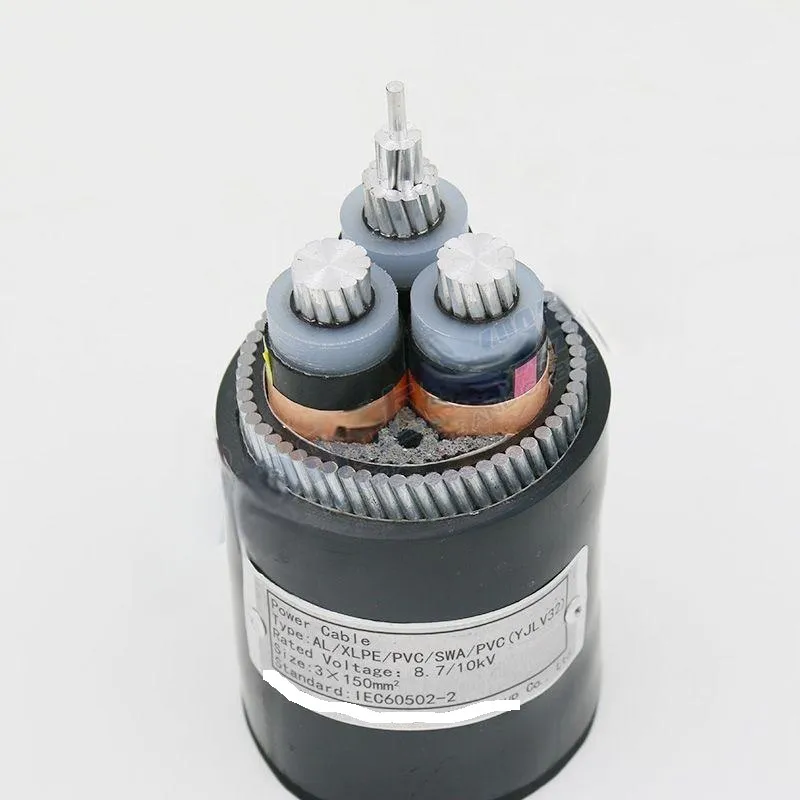Dàmh . 19, 2024 10:46 Back to list
Understanding the Functionality of Floating Ball Check Valves in Fluid Control Systems
Understanding Floating Ball Check Valves A Comprehensive Guide
Floating ball check valves are crucial components in various fluid handling systems, serving the essential function of preventing backflow while allowing flow in one direction. Their design, operation, and applications make them popular in numerous industries, ranging from water treatment to oil and gas. In this article, we will delve into the intricacies of floating ball check valves, exploring their features, working principles, advantages, and common uses.
What is a Floating Ball Check Valve?
A floating ball check valve is a type of one-way valve that utilizes a spherical ball as the primary sealing element. The ball is allowed to float freely within the valve body, which aids in the effective control of flow direction. When the fluid flows in the intended direction, the ball is pushed away from its seat, allowing free passage. Conversely, if there is a reverse flow, the ball is pushed back against the seat, sealing the valve and preventing backflow.
Design and Components
Typically, a floating ball check valve consists of the following components
1. Valve Body The outer shell that houses all internal components. It can be made from various materials, including stainless steel, brass, PVC, and other alloys, depending on the application and fluid type. 2. Ball The spherical ball that acts as the sealing mechanism. The choice of material for the ball can vary based on the fluid’s corrosiveness and temperature.
3. Seat The surface against which the ball seals to prevent backflow. Seats can be made from rubber or hard plastics, providing a tight seal when engaged.
4. Spring (optional) Some floating ball check valves may incorporate a spring mechanism to enhance sealing performance and assist with the operation of the valve.
Working Principle
The operation of a floating ball check valve is relatively simple yet effective. When fluid flows in the forward direction, the pressure pushes the ball away from the seat, allowing the fluid to pass. If the flow reverses, the pressure from the fluid forces the ball back onto the seat, creating a seal that prevents any backward movement of fluid. This straightforward mechanism ensures that the valve is not only user-friendly but also reliable under various operating conditions.
floating ball check valve

Advantages of Floating Ball Check Valves
1. Simplicity and Reliability The uncomplicated design means fewer parts to fail, leading to increased reliability and ease of maintenance.
2. Effective Backflow Prevention Floating ball check valves provide a tight seal against backflow, making them essential in applications where reverse flow could cause system damage or contamination.
3. Versatility They can handle various fluids, including liquids and gases, making them suitable for diverse industries.
4. Self-Operation The valve operates automatically based on fluid pressure, which means no external power source is required.
5. Low Maintenance Due to their durable construction and design, these valves often require minimal maintenance across their lifespan.
Applications
Floating ball check valves find application in various sectors, including
- Water and Wastewater Treatment To prevent backflow into treatment plants and ensure clean water supply. - Oil and Gas For preventing backflow in pipelines and machinery, protecting equipment and enhancing safety. - Chemical Processing To control the flow of various chemicals safely, minimizing contamination risks. - HVAC Systems Used in heating and cooling systems to manage the flow of fluids effectively.
Conclusion
In conclusion, floating ball check valves play a significant role in fluid management systems by ensuring unidirectional flow and preventing backflow. Their simple yet effective design, versatility, and reliability make them a favored choice across a multitude of applications. Understanding the operation and benefits of these valves is crucial for engineers and technicians involved in designing efficient and safe fluid handling systems. As industries continue to evolve, the importance of reliable components like floating ball check valves will undoubtedly remain a cornerstone of effective fluid management.
Share
-
Reliable Wafer Type Butterfly Valves for Every IndustryNewsJul.25,2025
-
Reliable Flow Control Begins with the Right Ball Check ValveNewsJul.25,2025
-
Precision Flow Control Starts with Quality ValvesNewsJul.25,2025
-
Industrial Flow Control ReliabilityNewsJul.25,2025
-
Engineered for Efficiency Gate Valves That Power Industrial PerformanceNewsJul.25,2025
-
Empowering Infrastructure Through Quality ManufacturingNewsJul.25,2025